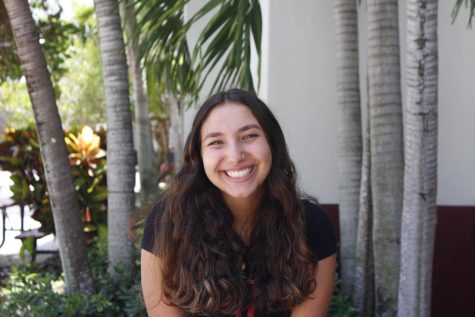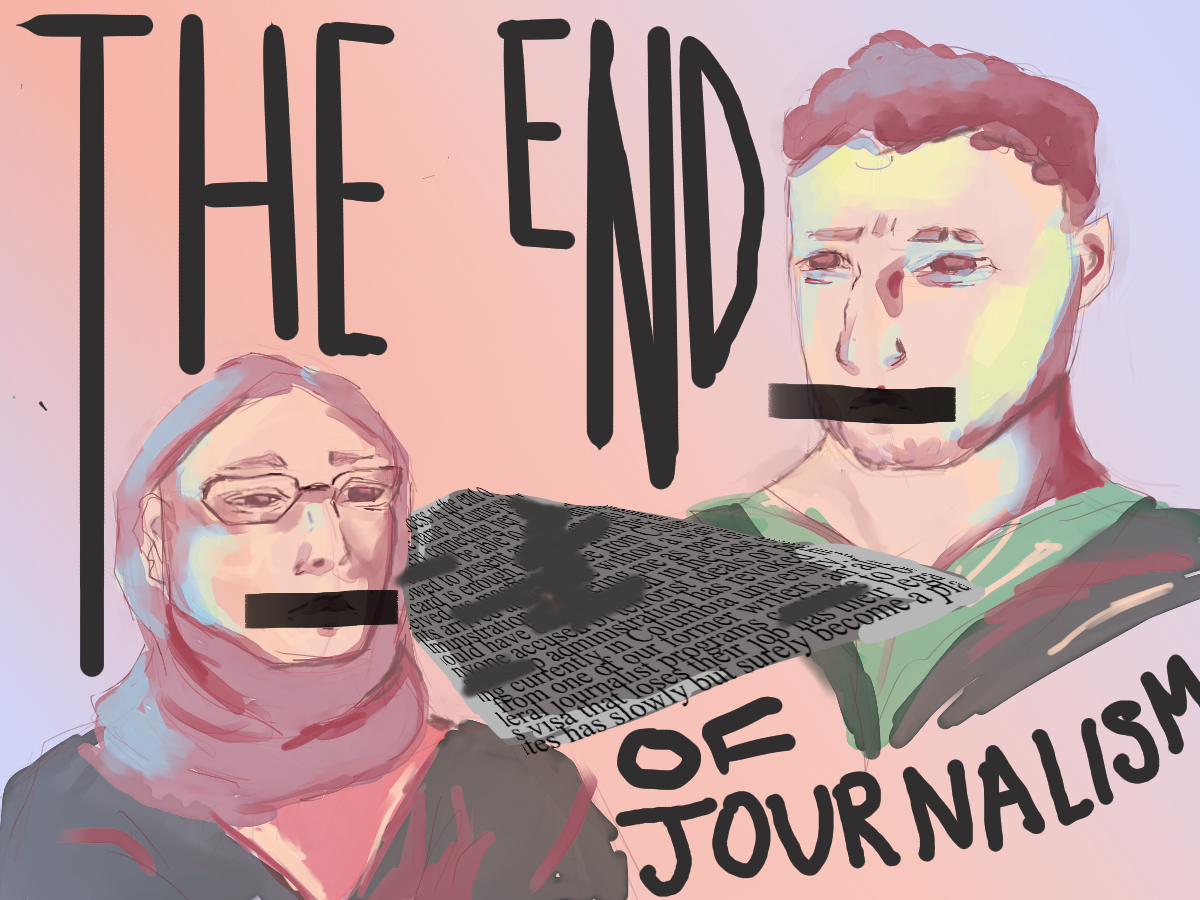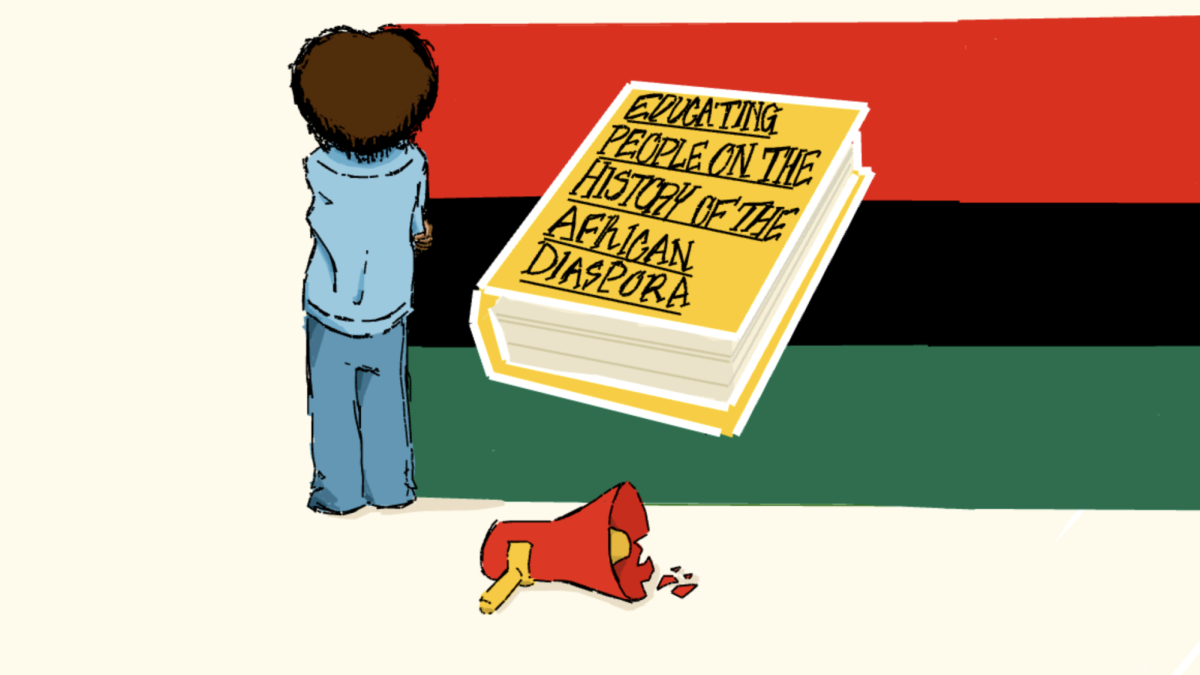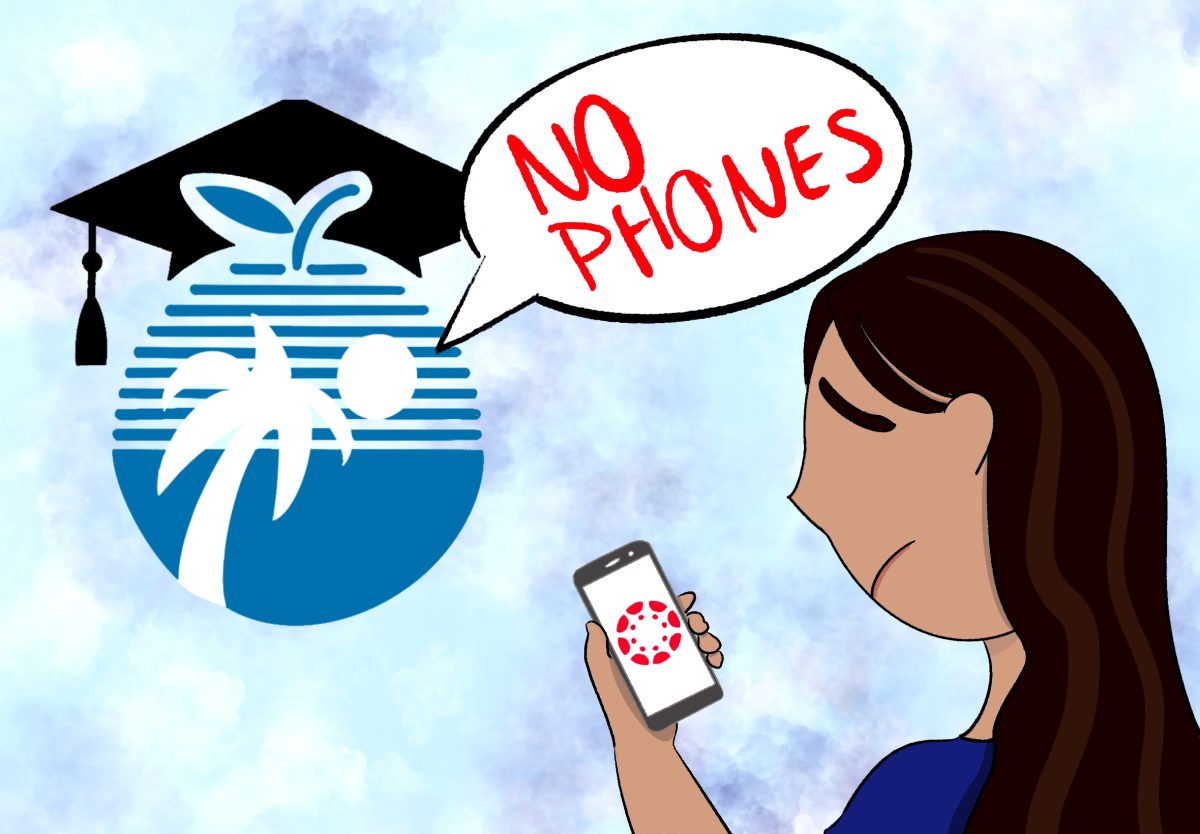The age of movie stars, supermodels and A-list celebrities that thrived in the 1990s is fading away in the age of social media. The mystery and intrigue of celebrities kept fans and viewers wanting to see more on MTV and from paparazzi. However, with the rise of social media, the glitz and glam of celebrities has been washed away to reveal who they truly are: normal.
The mystery that surrounded celebrities was more present in the 90s because of the lack of intrusion on privacy from fans. A-list celebrities could live their lives and share the pieces that they wanted to make public. Today, with fans’ reliance on social media such as Instagram, TikTok and Twitter, the lives of celebrities are for public consumption.
These platforms are used by celebrities to post upcoming projects, new relationships and even small, unimportant details such as a new hair color. The seemingly small details accumulate until fans know more information than the celebrity is comfortable with. Celebrities may be able to archive or delete their posts, but by the time the picture or video was posted, fans had screenshotted and reposted it, spreading the information further.
While social media has created an accessible space for celebrity and fan interaction, the movie star status and aura that used to surround them are missing. Before social media, fans waited for updates on subjects that fans get in minutes today, such as movie roles and brand partnerships. Because of social media, celebrities can have direct contact with their fans on a daily basis, which has taken away some of the fame aspect of these stars.
Considering 60.49% of the global population has access to social media, the limitations when posting online are close to none, which means non-celebrities can go viral and become stars within a day. Influencers have become the new celebrities that newer generations look up to. While influencers gain celebrity status, the mystique of celebrities is lost in their daily posts about their lives.
Influencers are more prominent now than ever and with the popularity of influencers, some break into celebrity status by experimenting with other genres of entertainment. With influencers venturing into music or film, they are provided with the same opportunities that established actors and singers have, including red carpets, meet and greets and movie roles that are not suited for influencers who went viral by lip-syncing. Influencers are now invited to exclusive events that are meant for the biggest stars such as the Met Gala, a red carpet event that is known for hosting A-list stars dressed to a theme.
For example, Addison Rae, a Tik Tok influencer who gained her following by dancing, received opportunities to star in movies such as “He’s All That” and “Thanksgiving” in an effort to attract younger viewers.
However, in the past few years, influencers have begun to replace movie stars, singers and top models at red carpet events. By inviting these influencers to exclusive events, the statement that they are at the same level of fame as A-list celebrities is confirmed.
Although there are still household names that people will never forget, such as Taylor Swift and Angelina Jolie, the number of household names is decreasing as more celebrities share their lives on social media. The 24/7 access to these celebrities ruins the movie star aspect of their fame, allowing anyone and everyone to become celebrities.
The concept of a movie star was someone who was a mystery and unsolvable, but there are no untouchable names in the industry today. The mystery surrounding celebrities in the 90s was obvious in how they acted; they could avoid the consequences of their actions and be the talk of everyone’s conversations. Now, celebrities or even influencers have to be aware of everything they say because every celebrity is “cancellable” and “replaceable.” Social media has ruined the meaning of celebrities that the 90s had perfected.























